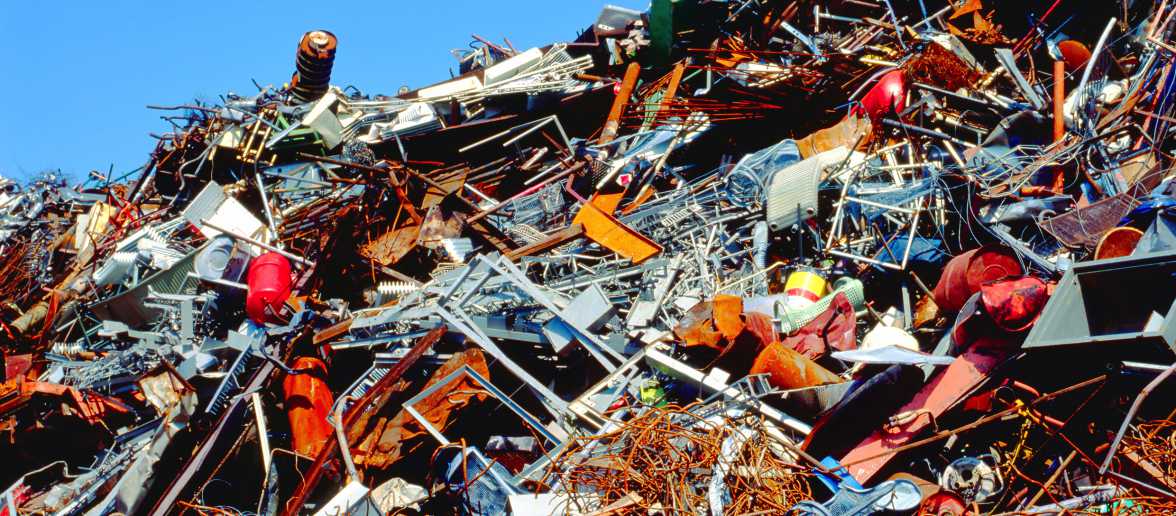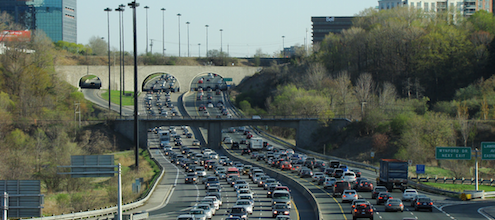
Tossing it out of sight, out of mind
The following is the waste excerpt from The Policy Opportunity of Our Generation: Ecofiscal Reform in Canada’s Provinces and Cities, published in Public Sector Digest, February 2015, and made available online January 15th. This is the final of a four-part blog series that highlights how ecofiscal policies can help cities and provinces conserve water, fight traffic and reduce waste.
Landfill waste might not be the sexiest issue, but dealing with increasing amounts of trash, and limited landfill space, is a very real concern for Canadian cities. According to the Conference Board of Canada, Canadians generate more municipal garbage per capita than any of its peer countries. The environmental impacts of waste are significant: harmful greenhouse gas emissions, air pollution, and the contamination of soil and water. The economic impacts are also considerable. In 2008, municipal governments in Canada spent more than $1.8 billion on trash collection, transport, and disposal.
Evidence shows that putting a price on solid-waste, often known as “pay as you throw” programs, can be part of the solution. The UK offers a strong example. Between 1996 and 2013, the country introduced a number of different waste pricing strategies including landfill taxes on commercial, industrial, and residential waste, applied by the tonne, as well as a cap-and-trade system for municipal waste. The latter program freely allocated disposal rights to local authorities, reflecting garbage targets for each period in order to guarantee a certain amount of waste reduction. From 2005 to 2010, the volume of industrial and commercial landfill trash in the UK dropped by more than 40 percent.
A 2005 study by the C.D. Howe Institute found that “pay as you throw” programs have also been effective in North America—leading to residential garbage reductions of up to 38 percent while simultaneously increasing the uptake of recycling programs. But such initiatives are not the norm in Canada. As of 2006, only around 250 communities had active waste pricing programs—more than half of which were in Ontario. Still, the evidence suggests that these programs work. The City of Owen Sound introduced a two-dollar “bag tag” program for waste in concert with new city bylaws banning recyclable, compostable, and hazardous waste from landfills. The result was a 21 percent drop in the trash disposal rate over two years. In Vancouver, changing the financial structure of garbage servicing by introducing a variable rate system (i.e. basing utility charges on the size of garbage containers) enabled a reduction of property taxes by 5.7 percent. As our urban populations grow alongside pressures on our municipal services, paying as we throw is an idea that shouldn’t be tossed out.




Comments are closed.